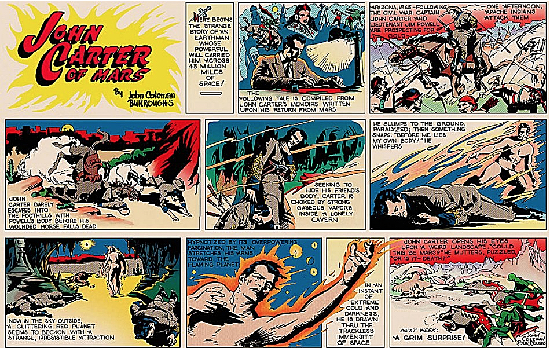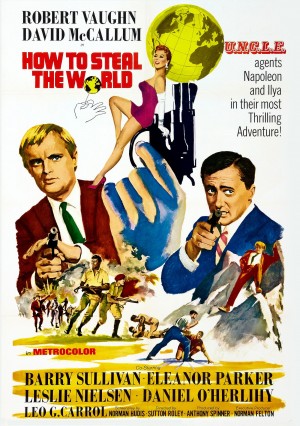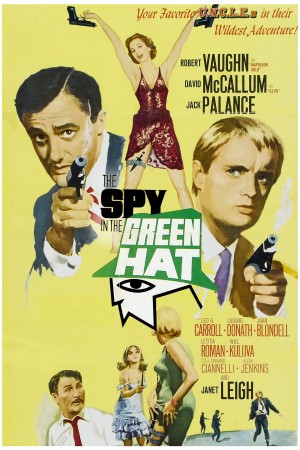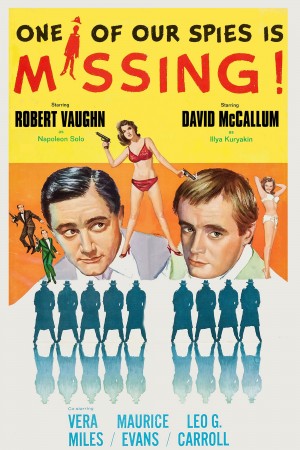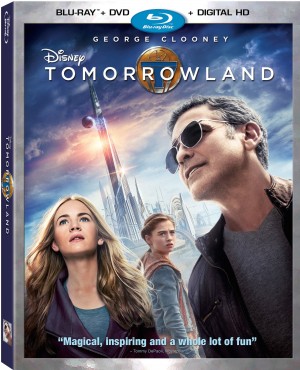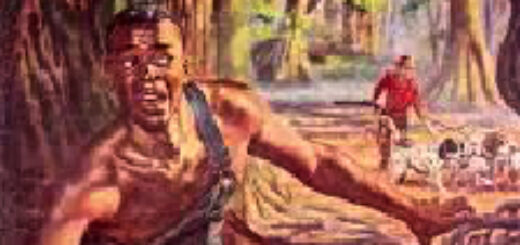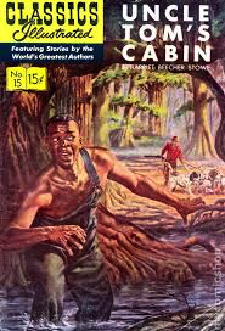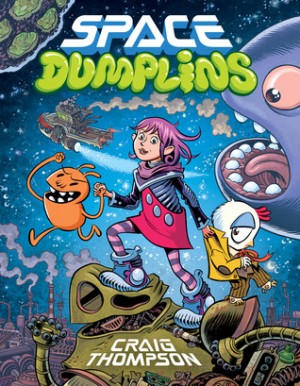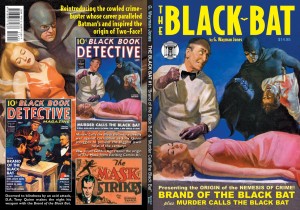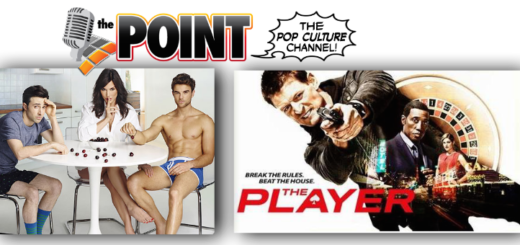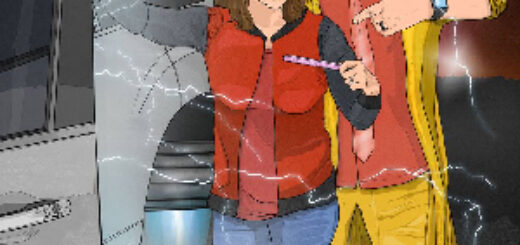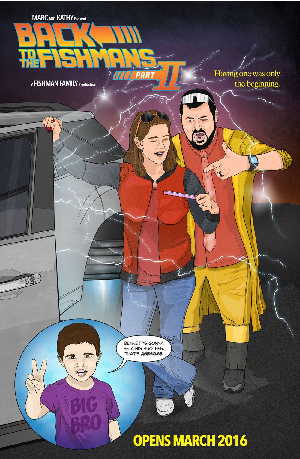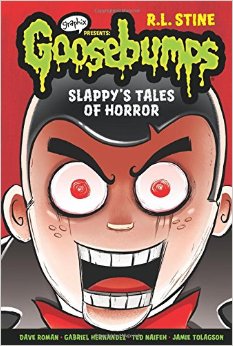Ed Catto: Man from Marz, Still Kicking at 103
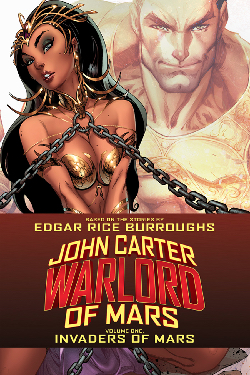 This month’s Fast Company has a great article on Robert Kirkman’s The Walking Dead, detailing the hard work and innovative rule breaking he and his team put into managing that brand. Their backstory is as impressive as their success. And that property is just a little over ten years old. It made me wonder … just what are the struggles of substantially older properties?
This month’s Fast Company has a great article on Robert Kirkman’s The Walking Dead, detailing the hard work and innovative rule breaking he and his team put into managing that brand. Their backstory is as impressive as their success. And that property is just a little over ten years old. It made me wonder … just what are the struggles of substantially older properties?
So this week we shine the spotlight on long-time comics writer (and all around good guy) Ron Marz. One of the projects he’s working on now is writing the adventures of Edgar Rice Burroughs’ John Carter of Mars in the ongoing Dynamite comic series. Here’s what Ron had to say:
Ed Catto: The characters and mythology of John Carter of Mars have been around for over 100 years. What kind of challenges and opportunities does that present to you?
Ron Marz: I think it’s seen by some people as an “old” property, but that’s almost entirely because of when it was written. That’s like saying “Dracula” and “Frankenstein” and “The Three Musketeers” are old properties. They’re all classic, archetypal properties that are evergreen, and I honestly believe John Carter is no different. It’s the basis of so much of our science fiction and fantasy tradition, even if people don’t realize it. I’ve said before that writing these characters was a lifelong dream, so I couldn’t be happier than to be mining this material.
EC: The whole world knows about Edgar Rice Burroughs’ “other” creation, Tarzan. But John Carter has never enjoyed that level of recognition. Why is that?
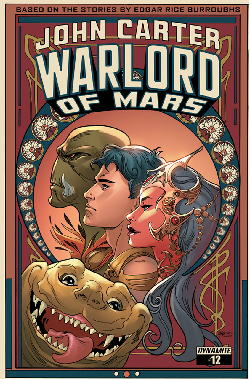 RM: Tarzan crossed over into the movies not long after his creation, and has stayed a movie staple ever since. There’s a new big-budget Tarzan film coming next year. Everybody has seen Tarzan movies, because that concept was a lot easier to translate to film than John Carter was. Any character becomes much more a part of the popular consciousness when it crosses over into mass media. I think Tarzan, along with Sherlock Holmes and Batman and Superman, are the most recognizable fictional characters in the world.
RM: Tarzan crossed over into the movies not long after his creation, and has stayed a movie staple ever since. There’s a new big-budget Tarzan film coming next year. Everybody has seen Tarzan movies, because that concept was a lot easier to translate to film than John Carter was. Any character becomes much more a part of the popular consciousness when it crosses over into mass media. I think Tarzan, along with Sherlock Holmes and Batman and Superman, are the most recognizable fictional characters in the world.
EC: I always thought the secret of John Carter was that these stories allow the reader to imagine himself as the new kid at a new school, but as the best athlete and with the prettiest girl. What do you think makes John Carter and Barsoom so enduring?
RM: Sure, there’s a big aspect of wish fulfillment to these stories, which is why so many people discover them at that magic age of 12 or 13 years old. But I do think there’s also an amazingly rich imagination to the stories. They’re a century old, but they’re not quaint or time capsules of a bygone era. They’re still vital because there’s so fantastical, in the true sense of the word, which is why you can see John Carter’s fingerprints on everything from Superman to Star Wars to Avatar.
EC: In your first story arc, you cleverly created a bad guy who was sort of the anti-John Carter. Can you tell us about that, and does this property suffer from not having stronger antagonists?
RM: That’s why I created John’s opposite number for the first arc. Even when reading the original novels, I felt like John didn’t often get a credible challenge. He didn’t have his Doctor Doom or his Joker. So in addition to introducing the characters and concepts, that was a main goal for the initial arc. I felt like we needed someone who was John’s equal on Mars, so the obvious answer for that was another Earthman. I’m really happy with the Captain Joshua Clark character. Who knows, maybe we haven’t seen the last of him.
EC: Dejah Thoris is a wonderful character but always seemed like the adolescent idea of a beauty – to be placed upon a pedestal. The way you present the relationship between Dejah and John Carter, especially in issues 7 – 9, comes across as a much more mature relationship. Is that your intent and does that come from being a middle-aged guy?
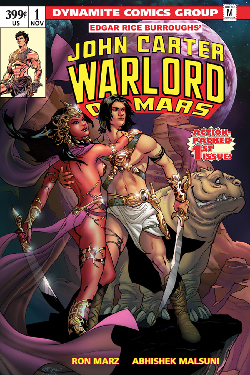 RM: I think it comes from knowing strong women all my life, and wanting to portray that realistically, despite the fantastic setting. Dejah is still an ideal, she’s still the one everyone wants to marry, but hopefully she comes off as a little bit more of a real woman. She’s every bit the hero and warrior that John is.
RM: I think it comes from knowing strong women all my life, and wanting to portray that realistically, despite the fantastic setting. Dejah is still an ideal, she’s still the one everyone wants to marry, but hopefully she comes off as a little bit more of a real woman. She’s every bit the hero and warrior that John is.
EC: I really like the variant covers that are evocative of the old Marvel Comics. Can you tell us how that came about?
RM: Honestly, I have no idea. It was something that Dynamite put into place from the first issue. I’m a fan of the Marvel run, I have all of the original issues, and I actually have two copies of the omnibus hardcover collecting everything. Maybe those aren’t the best comics ever published, but they hold a place in my heart. I can remember picking one of the annuals off a spinner rack as a kid. So I’m glad the covers pay homage to that era.
EC: Are there any plans to continue this with covers that pay homage to the old DC, Dell/Four Color etc. covers?
RM: Not that I know of, but I like the idea. There’s such a rich history of Edgar Rice Burroughs in comics, reflecting that seems like a natural direction to pursue.
EC: I know you are working on some other Edgar Rice Burroughs properties. Can you tell us about them, how fans can get them and what your plans are?
RM: I’m doing weekly strips for the official Edgar Rice Burroughs site. I’m adapting The Mucker novels with Lee Moder on art, and writing new stories of Tarzan’s son, Korak, with Rick Leonardi on art. Both strips are being colored by Neeraj Menon. They’re Sunday-style strips, updated weekly on the site, along with almost 20 other strips based on Burroughs material, everything from Tarzan to John Carter. The first four episodes of each strip can be viewed for free, and then a monthly subscription is only $1.99, so it’s a pretty amazing bargain. People can get the strips by going to http://www.edgarriceburroughs.com/comics/
EC: Great stuff, Ron. Thanks for your time!


